Eventually, even the most private company has to file its patents and unveil its tightly-held secrets, and Magic Leap is no exception.
The US Patent and Trademark Office recently published a treasure trove of Magic Leap patent applications that appear to provide more details about the Magic Leap One: Creator Edition.
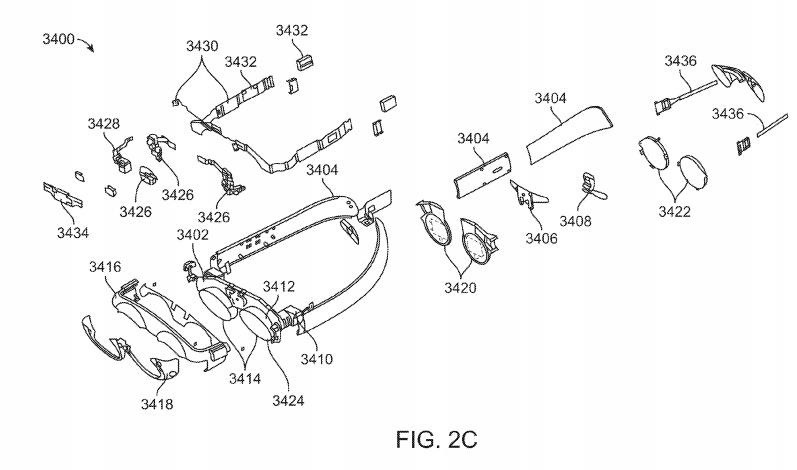



One application, filed under the title "Virtual, Augmented, and Mixed Reality Systems and Methods," contains highly-detailed drawings of Lightwear, Lightpack, and the controller that are virtually identical to the official images of the device that Magic Leap released late last year.









In most cases, patents provide just a hint of what a product looks like, with final designs diverging greatly from those pictured in the applications. In this case, the drawings may end up showing us what the device actually looks like on a more detailed level.
Another patent application for a "multi-layer diffractive eyepiece" describes how Magic Leap's waveguide display works. Per the application, images are projected to the user's eye via a waveguide, a grating coupled to its back surface, and a wavelength-selective reflector. The grating directs light from the waveguide into two different directions. Meanwhile, the reflector bounces a portion of the light from the second direction back towards the first direction.





The patent goes on to describe an eyepiece with three such waveguide components creating three wavelength ranges. Each wavelength corresponds to red, blue, or green light, and the reflected light creates holograms within multiple regions. As described in the systems and methods patent, the wavelengths create three fields of light—near field, midfield, and far field. Objects are displayed in two fields and blended between the fields to give the illusion of depth.
"We really spent a mass amount of effort and capital building a digital light field signal. And all of that is really to look at your eye and brain evolved for millions of years into something that's many billions of years old. The psychics of how light and the universe works with your biology," said Magic Leap CEO Rony Abovitz at the recent Code Media conference. "We want to talk to your visual cortex in a really biologically-friendly way and that was this whole effort to make something new so that you can put something on and have experiences that really feel kind of magical."
Of course, seeing is believing. While a select few have witnessed the technology in action and described in vague, NDA-friendly ways how "magical" the experience is, the rest of us are ready to see it for ourselves.
Just updated your iPhone to iOS 18? You'll find a ton of hot new features for some of your most-used Apple apps. Dive in and see for yourself:
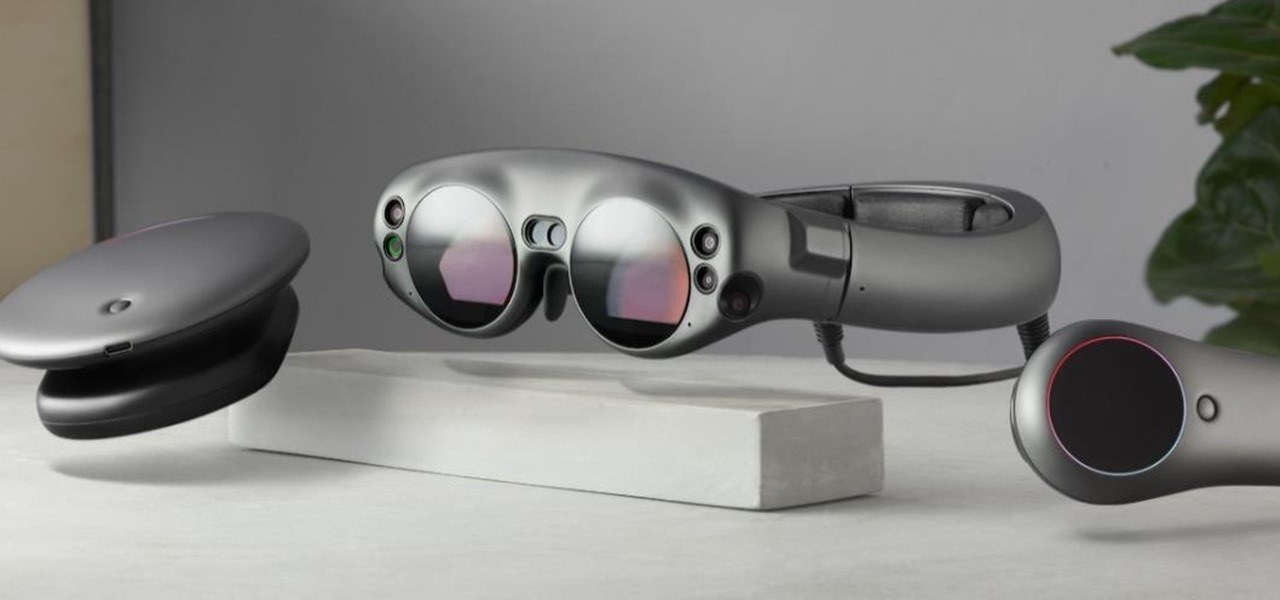


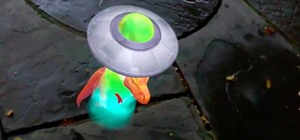
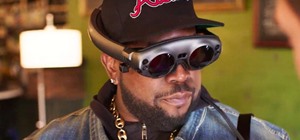
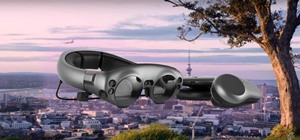
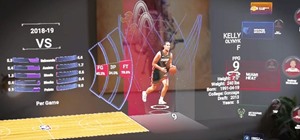

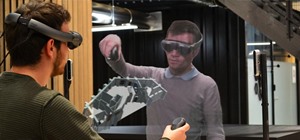

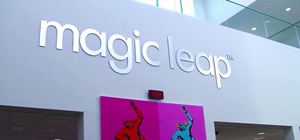


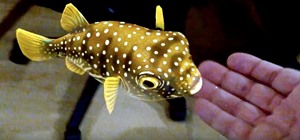

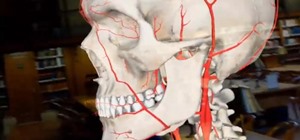



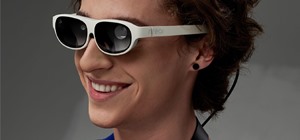





Be the First to Comment
Share Your Thoughts